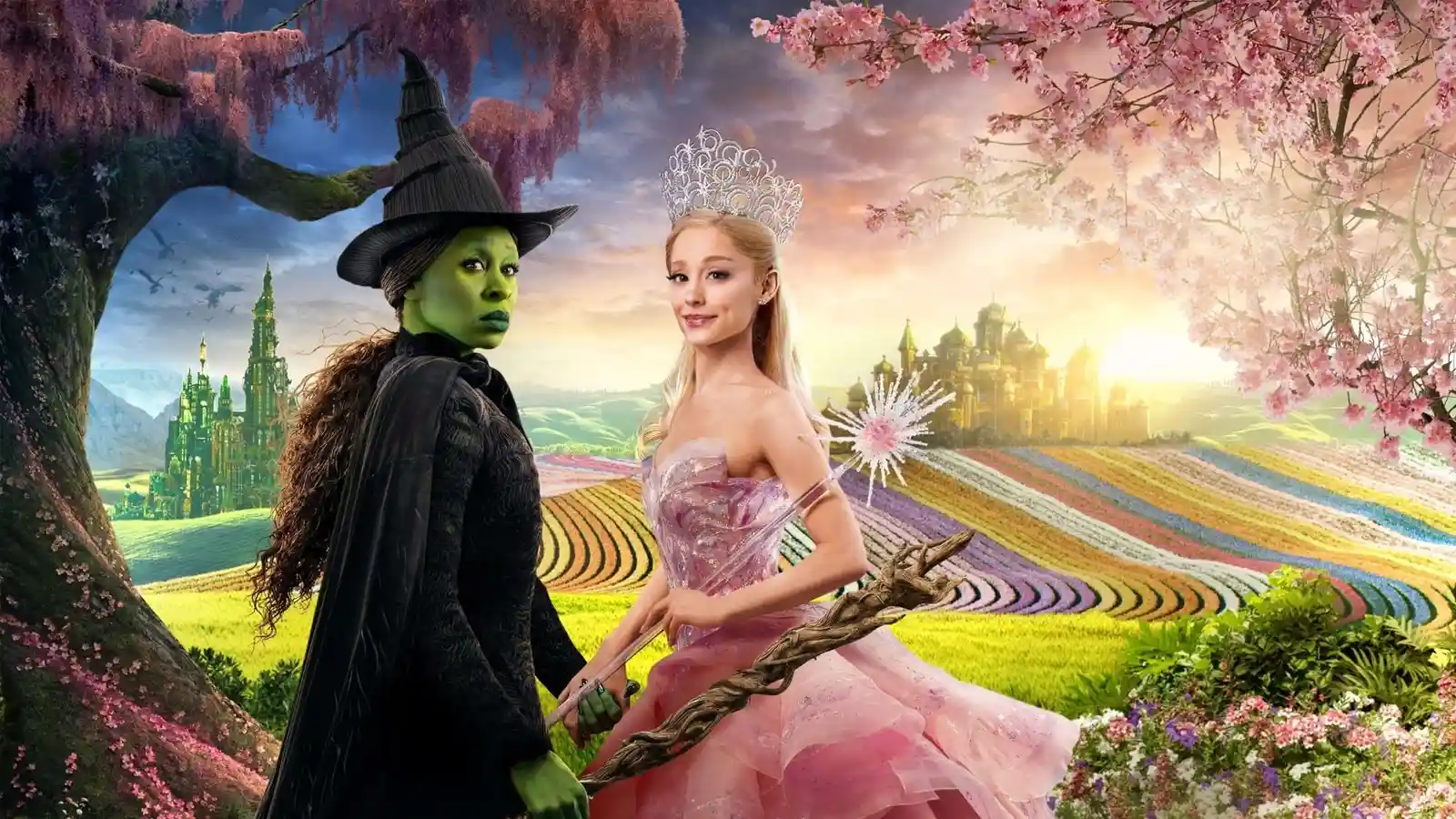Audience Engagement Theory
Learn about the three modes of consumption with our introduction to Jeremy Tunstall’s audience engagement theory.
Definition
Sometimes, we engage directly with media texts but there are other moments when the product is nothing more than background noise. This difference can be defined as active or passive consumption. In “The Media in Britain” (1983), Jeremy Tunstall recognised audiences consume media texts in different ways or levels of intensity depending on the situation and context.
His audience engagement theory identified three modes of consumption.
Primary
The audience pays close attention to the text. For example, you might be engrossed by the definitions of audience on this page or, in the cinema, you tend to concentrate on the big screen and become immersed in the film’s narrative.
Secondary
In this mode, the media text is in the background while you are concentrating on something else. For example, are you listening to music while reading this guide to audience? You are still consuming the music text, just not with the same intensity you might have at a concert.
There is also the concept of “ambient television”, such as a programme playing on Netflix while you are more interested in your social media feeds and the notifications flashing on your phone. This article on the rise of ambient television from The New Yorker offers great analysis of the codes and conventions of this new style of television.
Tertiary
Although the media text is present, we are not really aware of its message. For example, when you walk down the street, you probably glance at billboards and advertising hoardings but do not pay them much attention. This is the tertiary mode of consumption.
Final Thoughts
These categories can help us understand why the media may or may not have a profound impact on the audience. If you are listening to the latest podcast from a content creator while you are exercising, are you really receiving its message? Do we have your undivided attention?
When you are discussing the agenda-setting function of mass media and its ability to influence public opinion, or you are debating the cultivation theory and how television programmes shape our perception of the real world, it might be worth mentioning this useful approach to understanding the audience’s consumption of media texts.
Of course, Stuart Hall’s encoding / decoding model of communication also explores how audiences react differently to media texts depending on their framework of knowledge.
Bibliography
Tunstall, Jeremy (1983) The Media in Britain.Constable
Stay Tuned
Curious about how audiences respond to media texts? The following articles explore how we interact and interpret the media.







